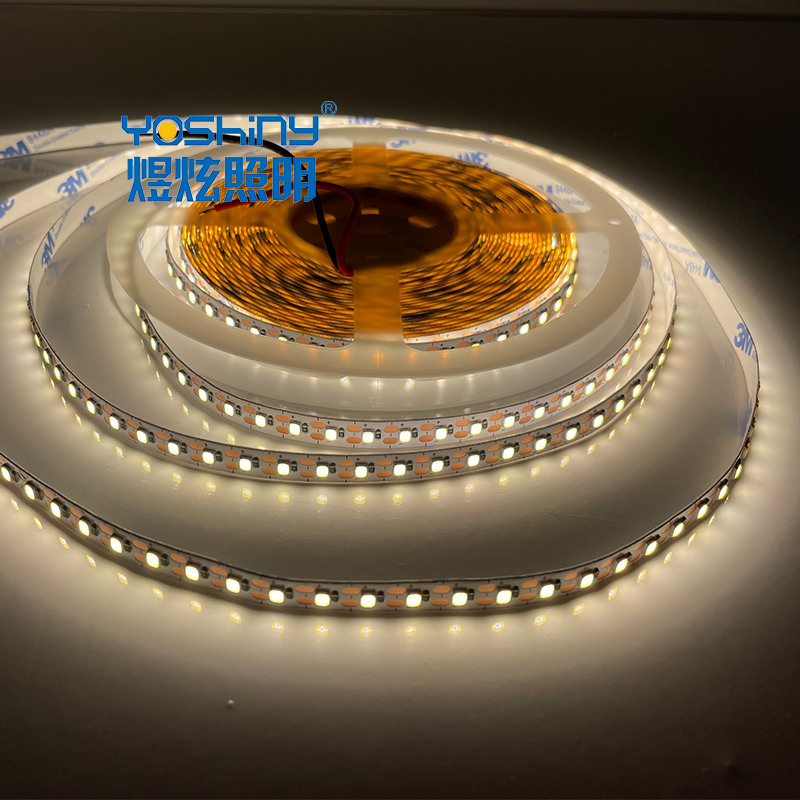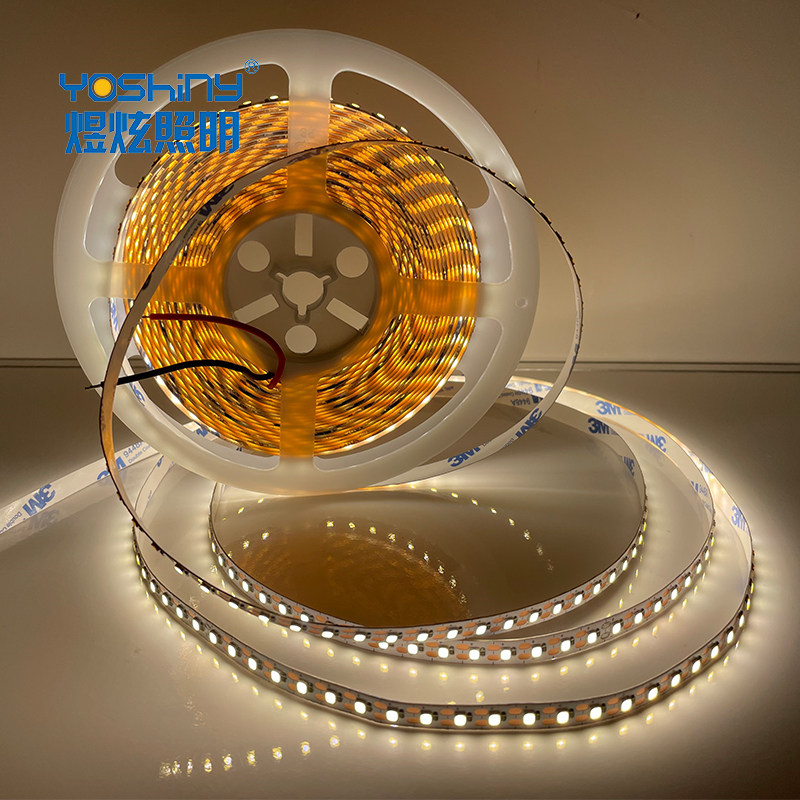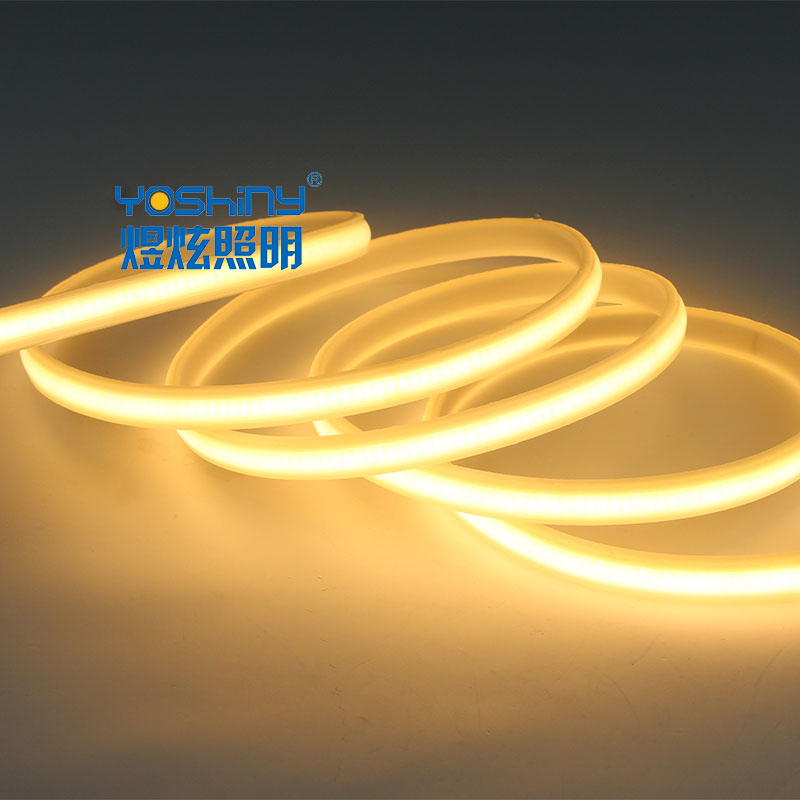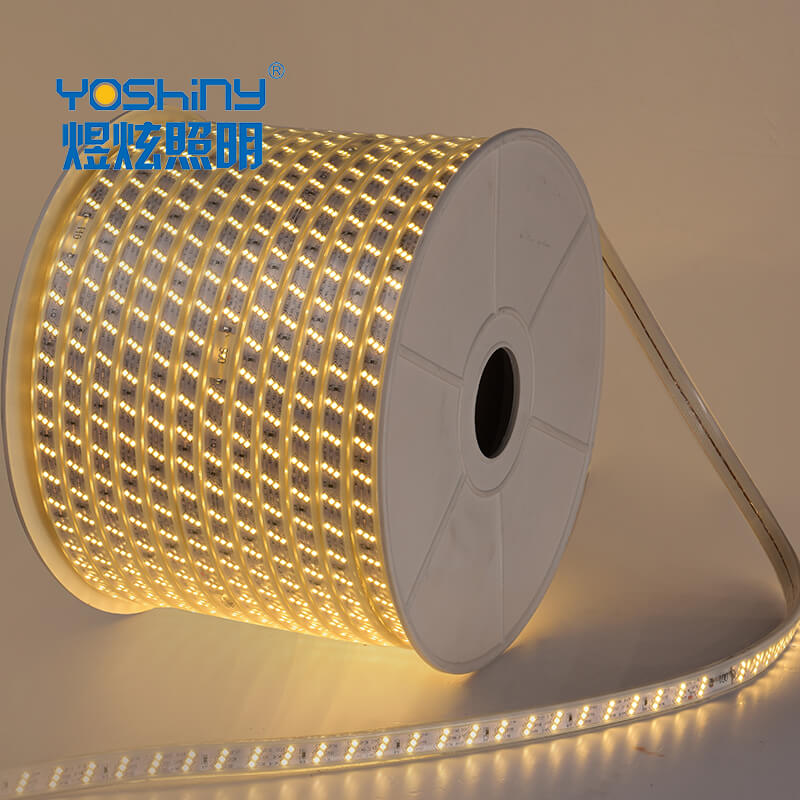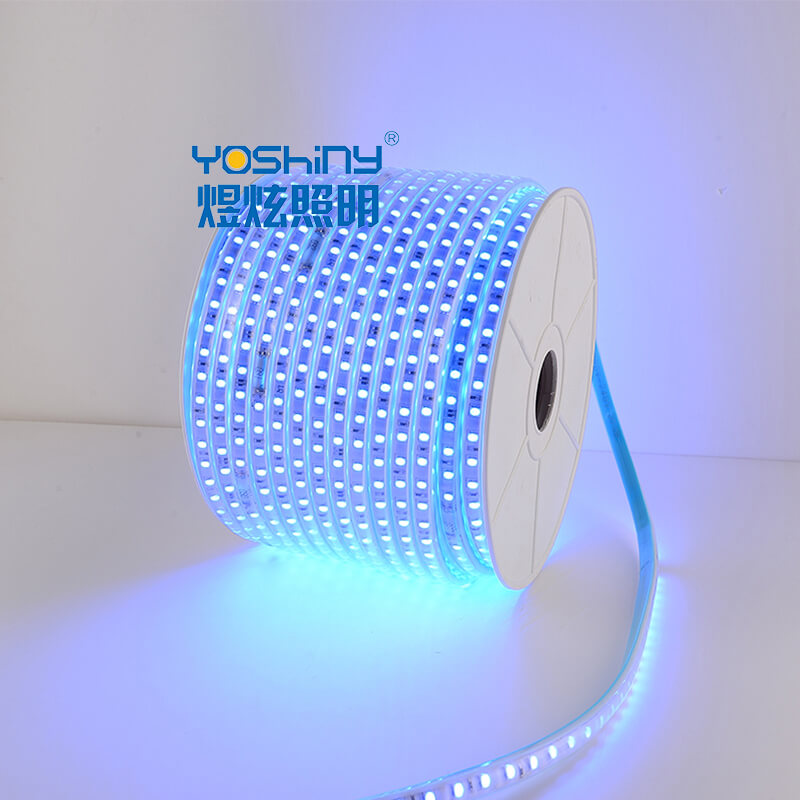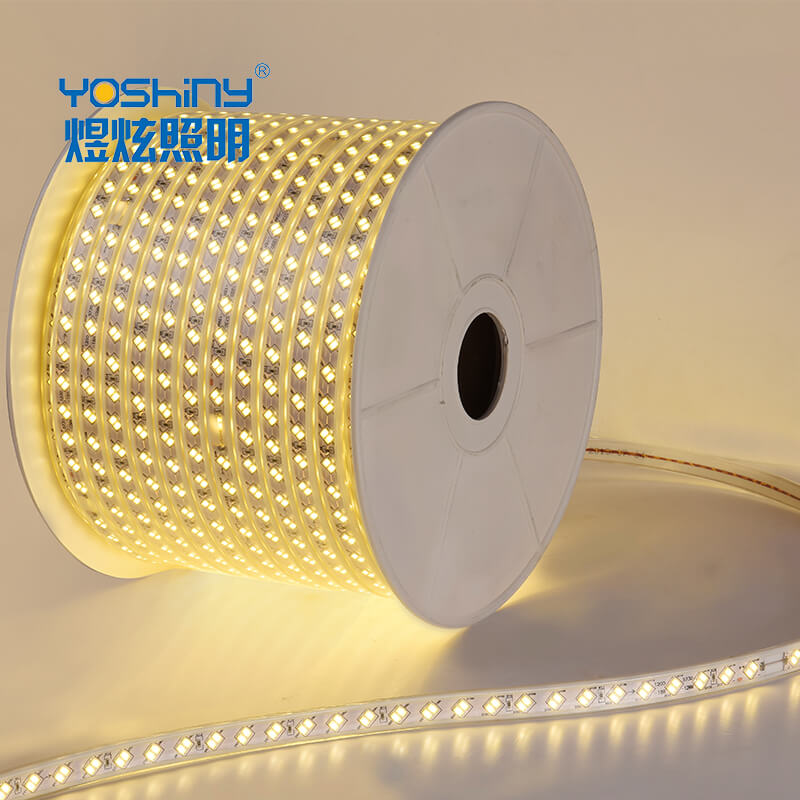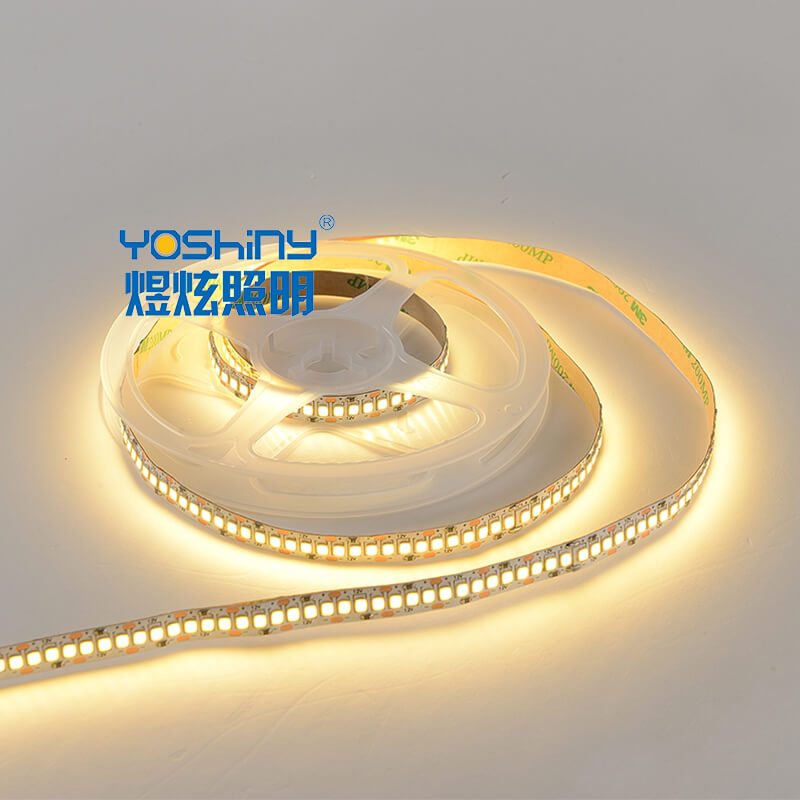In the realm of modern lighting, LED strip lights have surged in popularity, offering a versatile and energy-efficient solution to bring warmth, vibrancy, and ambiance to any room. Gone are the days when lighting was a mere afterthought; today, it’s a central feature of home decor that blends functionality with creativity.
The Basics of LED Strip Lights
LED strip lights are a series of light-emitting diodes (LEDs) that are attached to a flexible circuit board. Capable of being cut to specific lengths, they offer a tailor-made lighting solution that can fit into the most intricate spaces. These strips come in various color ranges, from bright whites to soft hues, as well as RGB (Red, Green, Blue) options that can create over 16 million color combinations.
Choosing the Right LED Strip
Selecting the perfect LED strip for your home depends on several factors:
Brightness: Measured in lumens, the brightness level should be chosen based on the desired ambiance and the function of the room.
Color Temperature: This determines whether the light is a warm yellow or a cool blue, measured in Kelvin (K). A range of 2700K to 3000K emits a warm white light, suitable for living rooms and bedrooms, while 5000K to 6500K provides a cool white light, ideal for kitchens and bathrooms.
Color Rendering Index (CRI): A CRI of 80 or above ensures that colors under the light are vibrant and true to their appearance in natural light.
IP Rating: This indicates the strip’s resistance to elements. For instance, an IP65-rated strip is dust-tight and can withstand jets of water, making it suitable for outdoor use or in kitchens.
Installation Tips for Optimal Performance
Proper installation is key to maximizing the longevity and effectiveness of your LED strip lights:
* Ensure the surface is clean, dry, and smooth for the adhesive to stick properly.
* Plan the layout to avoid sharp bends, which can damage the strips.
* Use aluminum profiles to dissipate heat and protect the LEDs from dust and contact.
Creative Applications in Home Decor
LED strip lights can be used in a variety of creative ways to enhance the aesthetic of your home:
Under Cabinet Lighting: Add a practical glow to your kitchen workspace by installing LED strips under the cabinets.
Backlighting for TVs and Monitors: Reduce eye strain and add a futuristic touch by placing LED strips behind screens.
Accent Lighting: Highlight paintings, bookshelves, or architectural features by positioning LED strips strategically.
Mood Lighting: Create an ambiance by installing them in crown moldings or along the baseboards.
Smart Home Integration
Modern LED strips can be connected to smart home systems, allowing you to control the lighting through voice commands or smartphone apps. This integration provides the convenience of adjusting brightness and color and turning lights on or off remotely.
Economic and Environmental Benefits
LED strip lights are not only stylish but also cost-effective and environmentally friendly. They consume less electricity compared to traditional lighting solutions and have a longer lifespan, reducing the need for frequent replacements.
Safety Considerations
While LED strip lights are generally safe, it’s important to buy from reputable brands that comply with safety standards. Avoid overloading circuits and ensure that power supplies and connectors are correctly rated for the strip’s power requirements.
Conclusion
LED strip lights are a dynamic and efficient way to upgrade your home lighting. They offer endless possibilities to customize your space, integrate with smart home technology, and contribute to a sustainable future.
For those who are passionate about maximizing their home’s lighting potential while ensuring that their decor is on point, home LED strip lights provide the perfect amalgamation of style, efficiency, and innovation.

